Optimal Timing for Floor Patchings
Floor patchings are essential for repairing and leveling surfaces prior to finishing or coating. The timing of application can significantly impact the adhesion, curing, and durability of the patching material. Proper environmental conditions are crucial to achieve optimal results and longevity of the repair.
Spring and early fall often provide ideal temperatures and humidity levels for patching projects, ensuring proper curing and adhesion.
Temperature ranges between 50°F and 85°F are recommended for most patching materials to cure effectively without cracking or shrinking.
Low to moderate humidity levels prevent excess moisture from affecting the patching compound, promoting better bonding and drying.
Dry weather with minimal rain and wind is preferable to avoid moisture intrusion and ensure a controlled environment during curing.
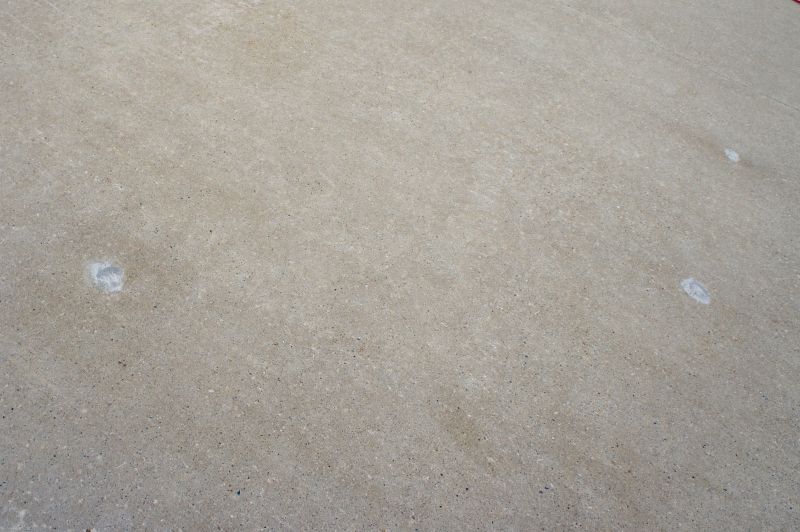
Ideal for moderate temperatures and increased daylight, promoting effective curing.
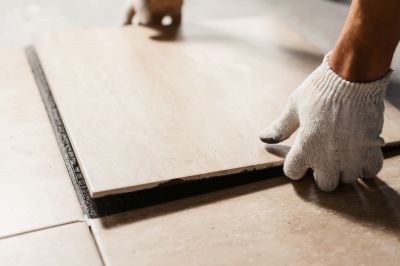
Requires caution due to higher temperatures; early morning or late evening work recommended.
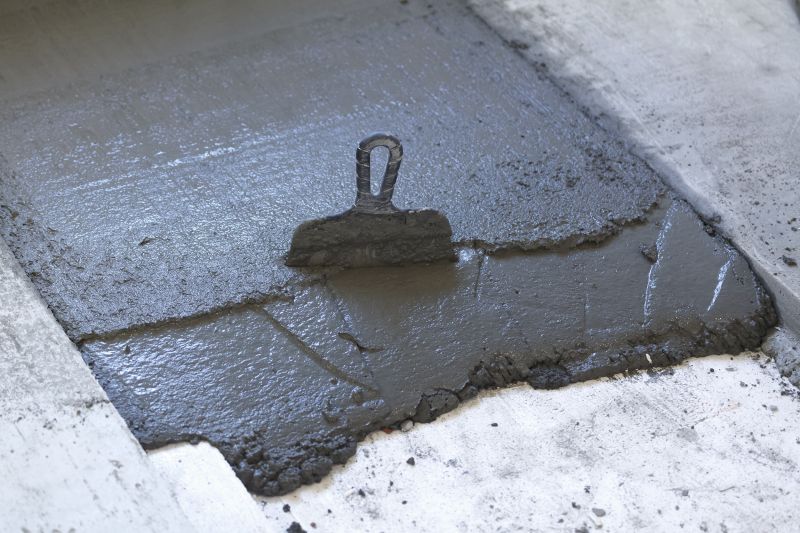
Favorable conditions with cooler temperatures and lower humidity levels.
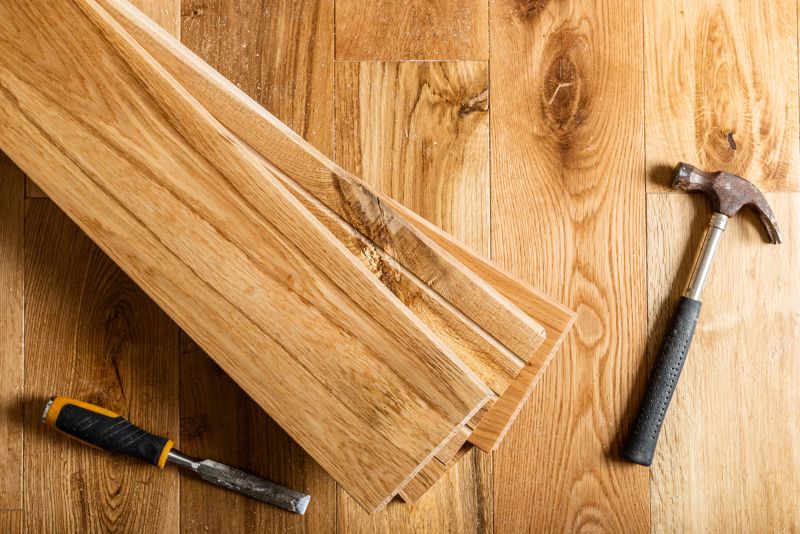
Ways to make Floor Patchings work in tight or awkward layouts.
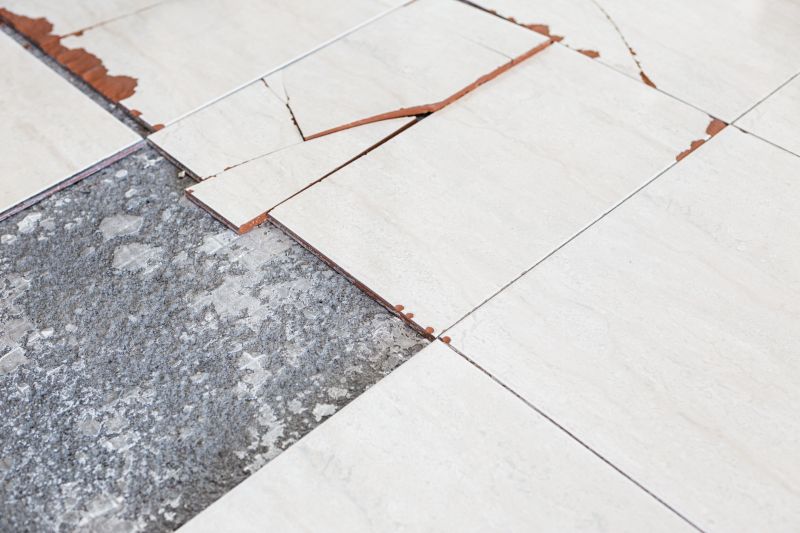
Popular materials for Floor Patchings and why they hold up over time.
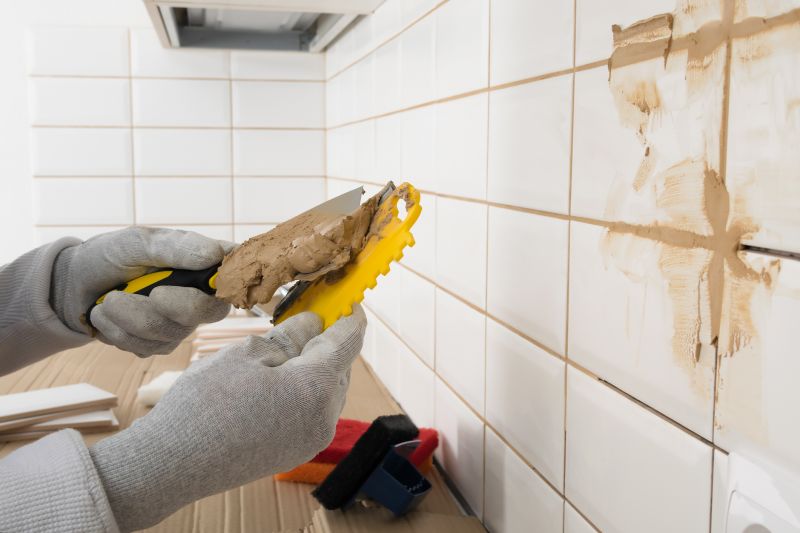
Simple add-ons that improve Floor Patchings without blowing the budget.
| Season/Condition | Recommended Timing |
|---|---|
| Spring | Late March to early June |
| Summer | Early mornings or late evenings |
| Fall | September to November |
| Winter | Not recommended unless indoor or climate-controlled |
Floor patchings are used to repair damaged or uneven surfaces, providing a smooth and stable foundation for subsequent flooring layers. Proper application during suitable weather conditions ensures the patching material bonds well and cures properly, reducing the risk of future cracks or deterioration. The selection of patching compounds varies based on the surface type, load requirements, and environmental conditions, making timing and preparation critical for successful repairs.
Statistics indicate that improper timing can lead to increased repair costs and reduced lifespan of the patching work. For example, applying patchings during high humidity or extreme temperatures can cause shrinkage, cracking, or poor adhesion, necessitating additional repairs. Therefore, planning patching projects during periods of stable weather enhances durability and reduces maintenance needs.

Suitable year-round with climate control, unaffected by outdoor weather.

Best done during dry, warm months to prevent moisture issues.

Using thermometers to ensure conditions are within recommended ranges.

Using dehumidifiers or moisture barriers to optimize conditions.
Interested parties are encouraged to contact for more information about scheduling and preparing for floor patching projects. Proper timing and environmental control are key to ensuring successful and lasting repairs.



